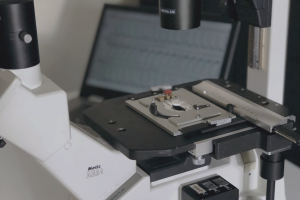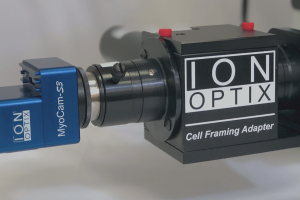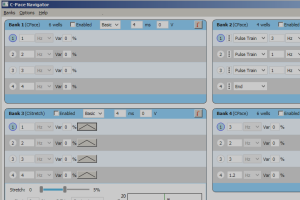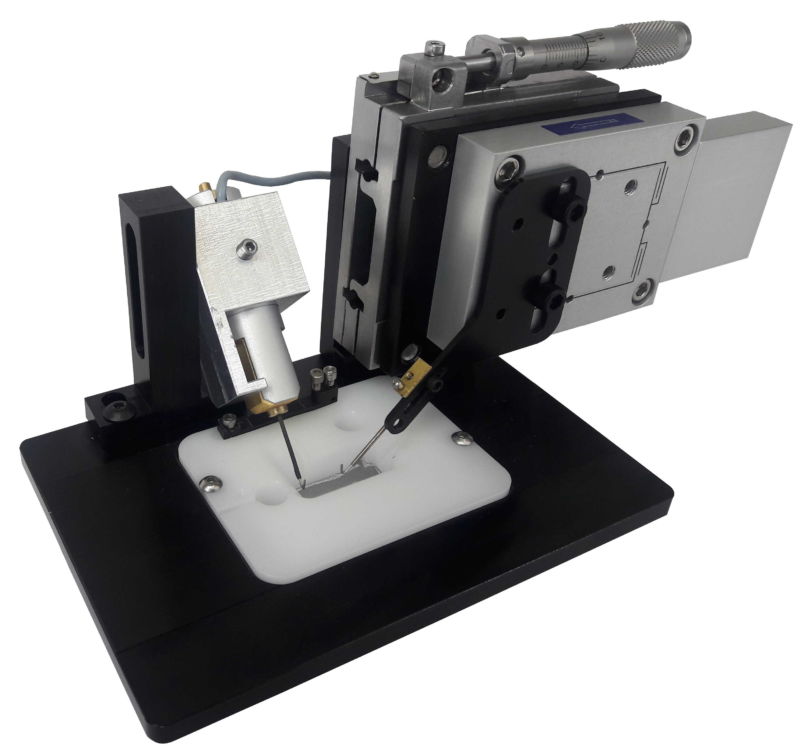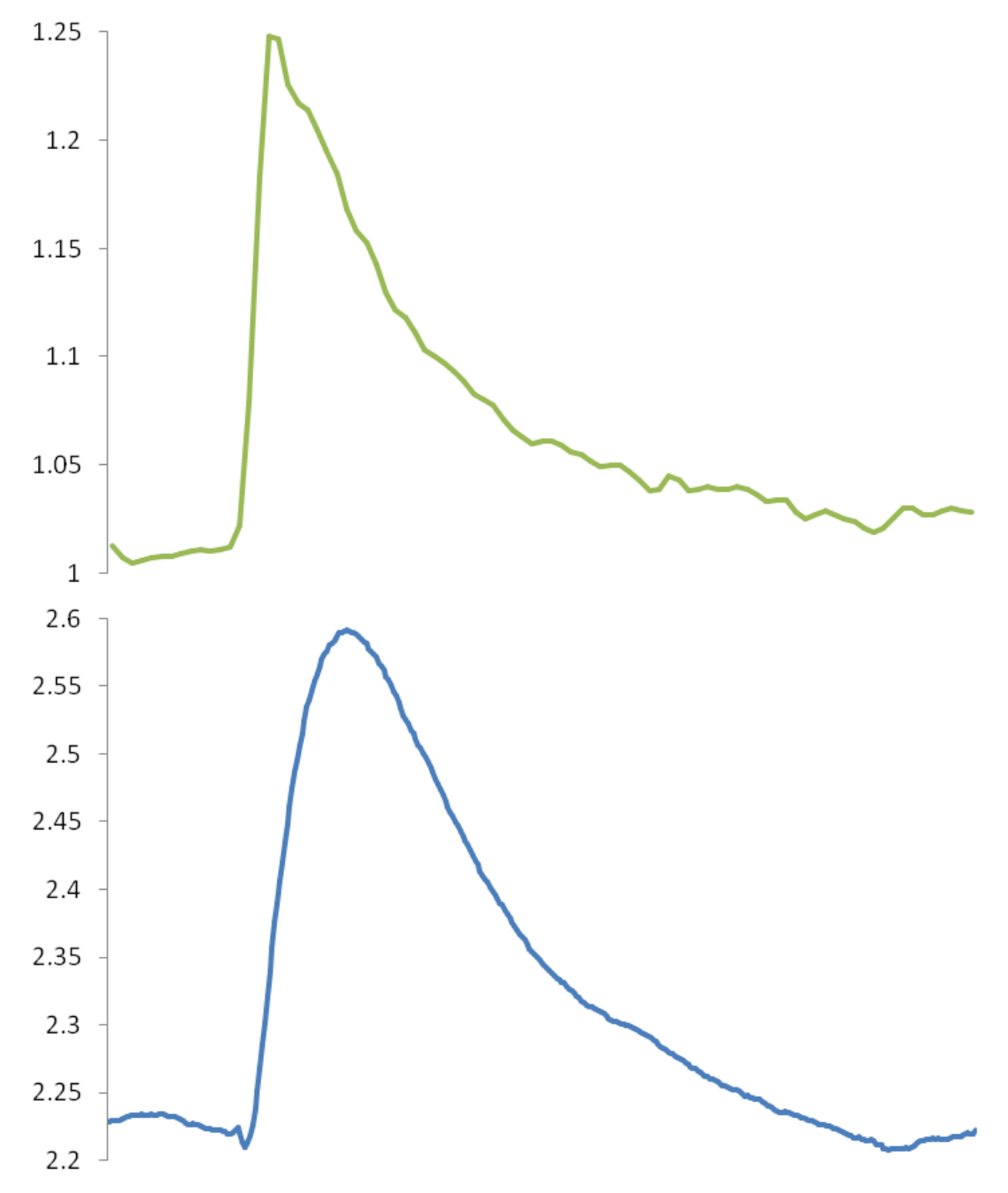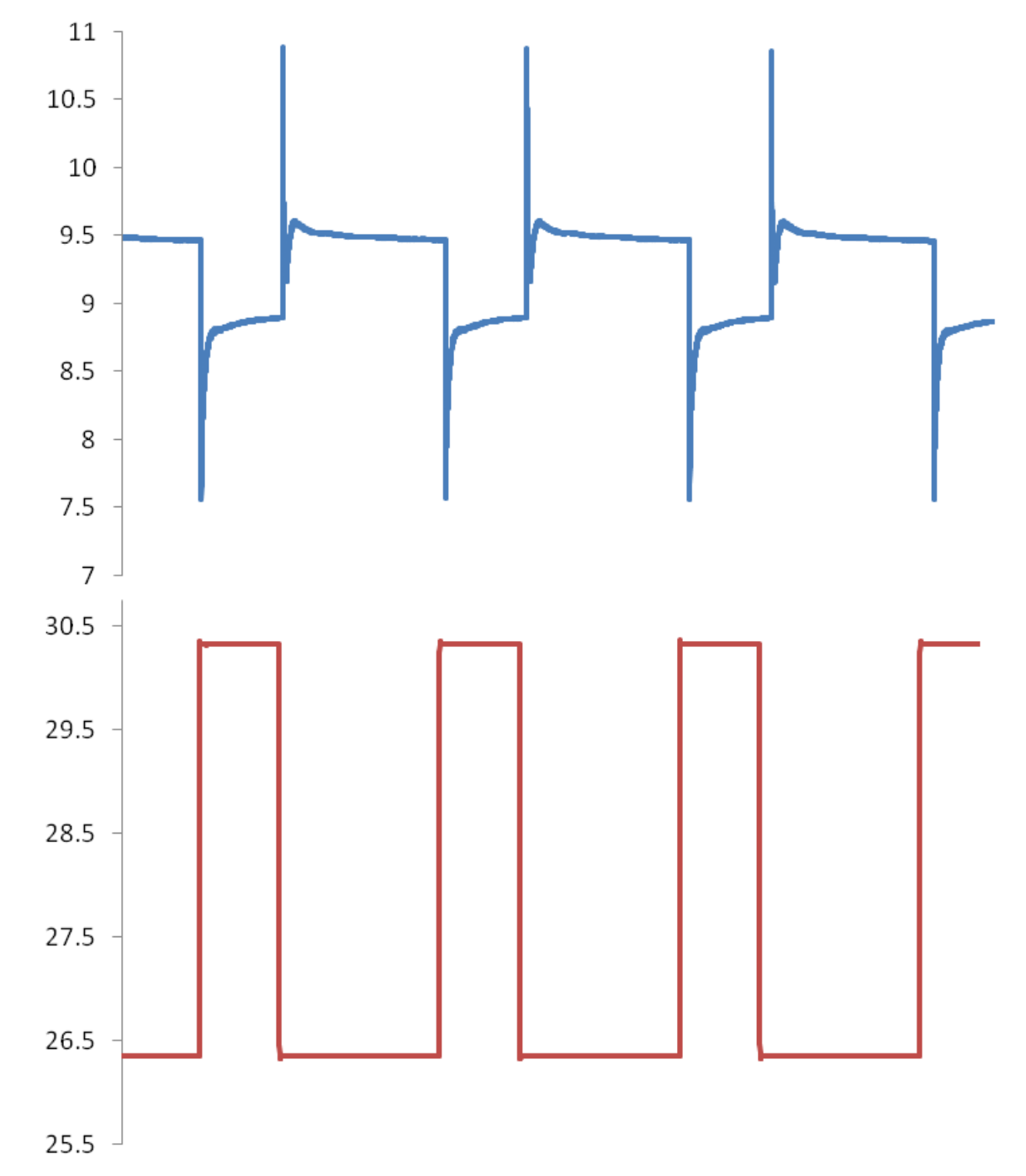Interested in a COMPLETE Intact Muscle Chamber system? Learn more here
Lying between single cell and whole heart experimental studies, intact papillary muscle isolated from hearts offers unique advantages. Unlike single isolated myocytes, which represent the smallest fully functional model system, intact papillary muscle can be used to study cardiac function within a multicellular context and an intact 3-dimensional myofilament lattice. And unlike whole heart studies, the contractile characteristics of papillary muscle can be evaluated independently of extrinsic factors such as vascular tone. Papillary muscle also allows measurements too difficult or impossible to perform in whole hearts. Similarly, unlike skinned preparations, intact muscle preparations allow for simultaneous detection of force production and intracellular calcium dynamics.
The new IonOptix Papillary Muscle Chamber has been designed to facilitate these measurements. Intact ventricular papillary muscle can be easily attached between a robust force transducer and programmable length controller. Chamber fluid flow allows for temperature control and continuous oxygenation of tissue, while the specialized force transducer allows for electrical excitation directly through the muscle preparation. Simple platinum “Omega” clips are tied to the muscle ends which then slip onto platinum hooks. The platinum allows for electrical conductance and are inert, therefore there is no electrolysis or disruption of biology.
Combined with an IonOptix Calcium and Contractility System, fluorescence of calcium-sensitive dyes, such as Fluo-4, Fura-2 and/or Indo-1, can be detected using IonWizard, which permits control of experiment acquisition parameters and analysis of data. Whole skeletal muscle, such as mouse soleus, can be easily examined as well.
Features
- Sensitivity range: 100 mN (typical, more sensitive force transducers available with 5 mN detection limits)
- System resonant frequency: >500 Hz
- Length controller options depending on application: piezo motor (50 µm travel, 0.10 nm resolution, faster response) or voice coil motor (5 mm travel, 20 nm resolution, slower response)
Resources
- Best Practices – Measuring Force, Resting Sarcomere Length, and Calcium in Cardiac Slices
- Understanding Advanced Cardiac Tissue Slice Applications
- Cardiac Tissue Slices: Preparation, Data Acquisition, and Analysis
- Short video: Cardiac Slice Work Loop_4 Hz
- Short video: Cardiac Slice Work Loop_2 Hz
- Short video: Cardiac Slice Work Loop_0.5 Hz
- Preparation of a cardiac slice
- Removal of papillary muscles from a rat heart
- Intact Muscle Chamber Manual
- Intact Muscle Chamber Handout
Note: This product is intended for research purposes only. It is not certified for clinical applications (including diagnostic purposes). Use of this product in uncertified applications is in violation of FDA regulations.



